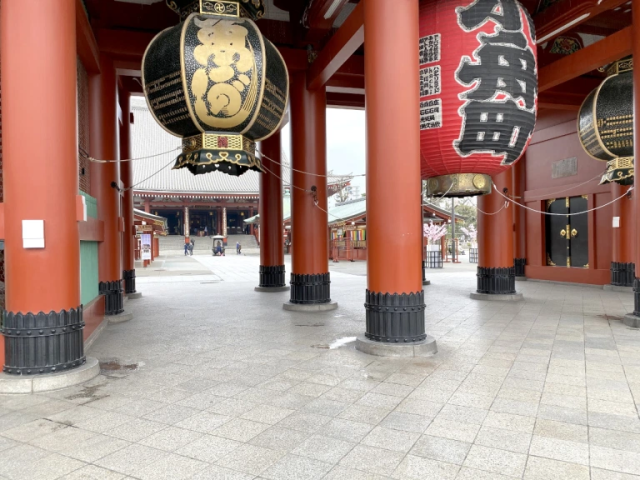
He’s ready to run customers around the empty streets of Asakusa, even though he knows it’s not the safest choice.
Pretty much everyone who comes to Tokyo comes to Asakusa. The neighborhood is home to Sensoji, the city’s largest and most important Buddhist temple, and seven days a week travelers, both domestic and international, flood into the district to get a taste of the atmosphere of old Japan.
▼ Asakusa in mid-February
Well, more accurately, that’s what you’ll see every day there isn’t a highly contagious deadly disease going around.
▼ Asakusa now
With the coronavirus pandemic still ongoing, many people in Tokyo are limiting their non-essential trips out of the house, and international travel concerns and restrictions mean the neighborhood’s number of foreign travelers has also plummeted. While the government has yet to order any businesses closed in Japan, Asakusa is highly dependent on tourist traffic, and with so few visitors, many local shops and restaurants are choosing not to open, turning the district into a veritable ghost town.
By way of comparison, here’s how Nakamisedori, the street that leads to Sensoji, usually looks: packed with people shopping at the souvenir stalls and munching on snacks, like the local-delicacy ningyoyaki cakes, as they make their way to the temple to offer incense and prayers.
And here’s how it looked when our Japanese-language reporter P.K. Sanjun stopped by to check on the area this week.
The emptiness is especially startling because an annual Asakusa tourism surge ordinarily takes place in late Match/early April. With the weather warming up and overseas travelers often timing their entry into Japan so that they can see cherry blossoms during their stay, right now is a critical time of year for local merchants.
However, even with most shops and restaurants closed, P.K. did encounter someone ready to get to work, if only a customer would show up. Because of Asakusa’s traditional atmosphere, rickshaw tours are a popular way to see the neighborhood, and P.K. spoke with one puller about why he was still in uniform and out on the street.
The man told P.K.:
“I’d say the number of visitors [to the neighborhood] is down by about 90 percent. We’re not getting any international travelers, and since the request from the Tokyo metropolitan government for people to stay inside, there’s been a sharp drop in Japanese visitors too.
We rickshaw pullers deal in the service industry and have close contact with our customers, but we should be OK because we work outside…that’s what I keep telling myself. But really, I know we should be voluntarily keeping ourselves off the streets. If I take too much time off from work, though, I won’t be able to buy food to eat, and that’ll kill me even before the coronavirus gets me. Really, I want to stay home and not work, but I can’t.”
With the Japanese government yet to pass any concrete legislation expanding financial aid to those being hit economically by the effects of the coronavirus outbreak, odds are the rickshaw puller P.K. spoke to isn’t the only person, nor his profession the only one, starting to feel the pinch.
Photos ©SoraNews24
● Want to hear about SoraNews24’s latest articles as soon as they’re published? Follow us on Facebook and Twitter!
[ Read in Japanese ]

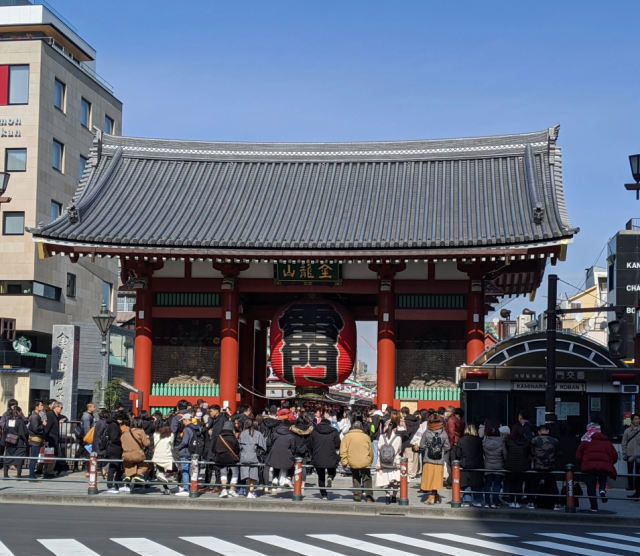
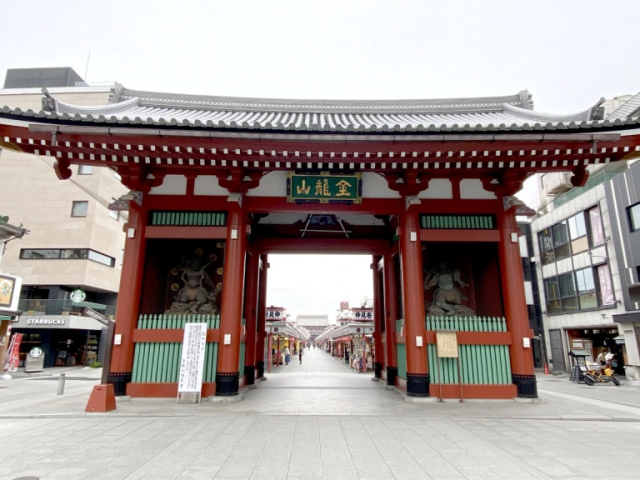
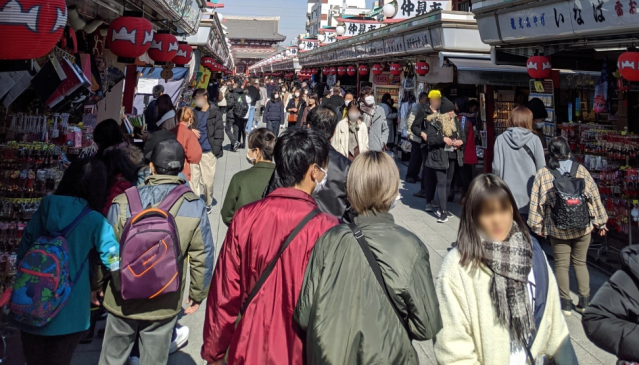
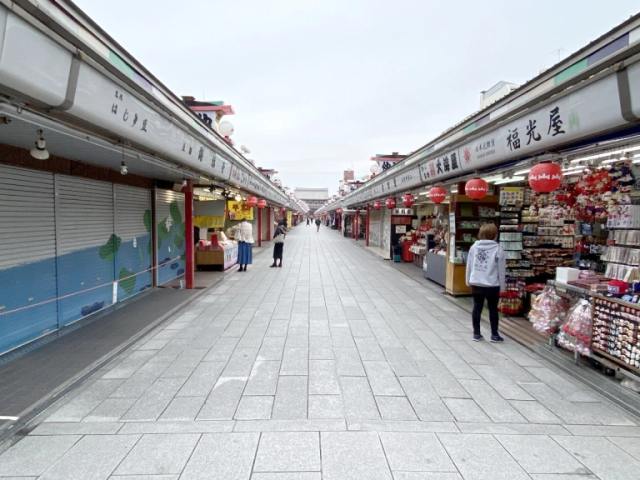
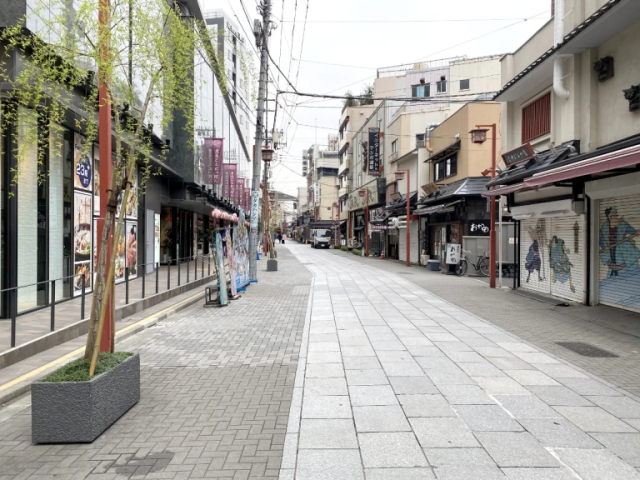
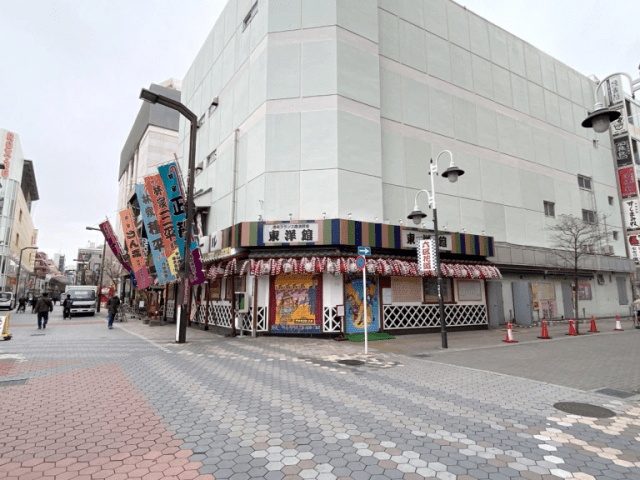
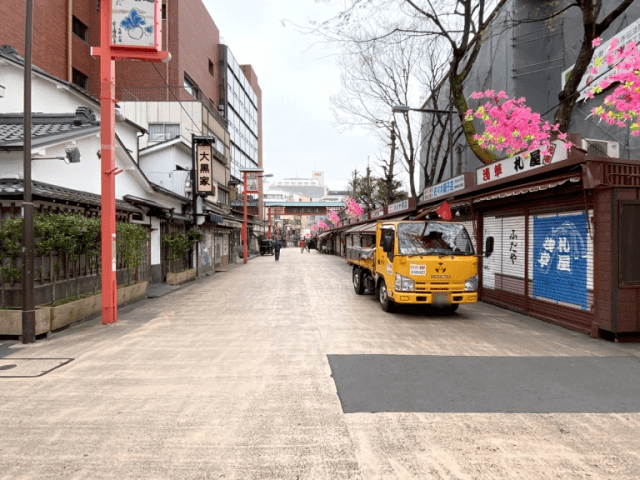
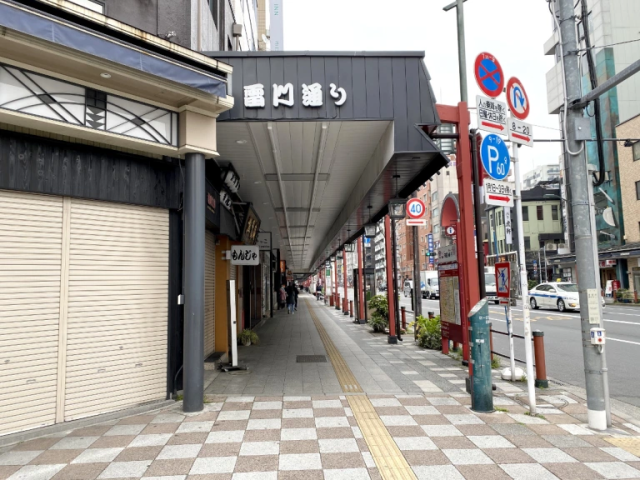
 Pokémon GO melds with Tokyo’s traditional neighborhood for Asakusa Routes event, gets thumbs up from us
Pokémon GO melds with Tokyo’s traditional neighborhood for Asakusa Routes event, gets thumbs up from us Hot and handsome rickshaw pullers poised to become the newest crush of women across Japan
Hot and handsome rickshaw pullers poised to become the newest crush of women across Japan Why are almost all women you see riding rickshaws in Japan cute? We ask a pro, learn two reasons
Why are almost all women you see riding rickshaws in Japan cute? We ask a pro, learn two reasons Multiple nights in Tokyo? Dormy Inn “Residential” room adds amenities, great bath view in Asakusa
Multiple nights in Tokyo? Dormy Inn “Residential” room adds amenities, great bath view in Asakusa New gift shop featuring giant Hello Kitty storefront to open in Asakusa this spring
New gift shop featuring giant Hello Kitty storefront to open in Asakusa this spring McDonald’s new Happy Meals offer up cute and practical Sanrio lifestyle goods
McDonald’s new Happy Meals offer up cute and practical Sanrio lifestyle goods More foreign tourists than ever before in history visited Japan last month
More foreign tourists than ever before in history visited Japan last month Starbucks reopens at Shibuya Scramble Crossing with new look and design concept
Starbucks reopens at Shibuya Scramble Crossing with new look and design concept Is the new Shinkansen Train Desk ticket worth it?
Is the new Shinkansen Train Desk ticket worth it? The oldest tunnel in Japan is believed to be haunted, and strange things happen when we go there
The oldest tunnel in Japan is believed to be haunted, and strange things happen when we go there We try out “Chan Ramen”, an underground type of ramen popular in the ramen community
We try out “Chan Ramen”, an underground type of ramen popular in the ramen community Randomly running into a great sushi lunch like this is one of the best things about eating in Tokyo
Randomly running into a great sushi lunch like this is one of the best things about eating in Tokyo Our reporter takes her 71-year-old mother to a visual kei concert for the first time
Our reporter takes her 71-year-old mother to a visual kei concert for the first time Arrest proves a common Japanese saying about apologies and police
Arrest proves a common Japanese saying about apologies and police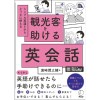 New book teaches Japanese people English to help out foreign travelers
New book teaches Japanese people English to help out foreign travelers Disney princesses get official manga makeovers for Manga Princess Cafe opening in Tokyo
Disney princesses get official manga makeovers for Manga Princess Cafe opening in Tokyo Beautiful new Final Fantasy T-shirt collection on the way from Uniqlo【Photos】
Beautiful new Final Fantasy T-shirt collection on the way from Uniqlo【Photos】 Foreign English teachers in Japan pick their favorite Japanese-language phrases【Survey】
Foreign English teachers in Japan pick their favorite Japanese-language phrases【Survey】 There’s a park inside Japan where you can also see Japan inside the park
There’s a park inside Japan where you can also see Japan inside the park Japanese convenience store packs a whole bento into an onigiri rice ball
Japanese convenience store packs a whole bento into an onigiri rice ball Studio Ghibli releases Kiki’s Delivery Service chocolate cake pouches in Japan
Studio Ghibli releases Kiki’s Delivery Service chocolate cake pouches in Japan Japan’s bone-breaking and record-breaking roller coaster is permanently shutting down
Japan’s bone-breaking and record-breaking roller coaster is permanently shutting down New definition of “Japanese whiskey” goes into effect to prevent fakes from fooling overseas buyers
New definition of “Japanese whiskey” goes into effect to prevent fakes from fooling overseas buyers Foreign passenger shoves conductor on one of the last full runs for Japan’s Thunderbird train
Foreign passenger shoves conductor on one of the last full runs for Japan’s Thunderbird train Our Japanese reporter visits Costco in the U.S., finds super American and very Japanese things
Our Japanese reporter visits Costco in the U.S., finds super American and very Japanese things Kyoto bans tourists from geisha alleys in Gion, with fines for those who don’t follow rules
Kyoto bans tourists from geisha alleys in Gion, with fines for those who don’t follow rules Studio Ghibli unveils Mother’s Day gift set that captures the love in My Neighbour Totoro
Studio Ghibli unveils Mother’s Day gift set that captures the love in My Neighbour Totoro Domino’s Japan now sells…pizza ears?
Domino’s Japan now sells…pizza ears? New Japanese KitKat flavour stars Sanrio characters, including Hello Kitty
New Japanese KitKat flavour stars Sanrio characters, including Hello Kitty Sales of Japan’s most convenient train ticket/shopping payment cards suspended indefinitely
Sales of Japan’s most convenient train ticket/shopping payment cards suspended indefinitely Sold-out Studio Ghibli desktop humidifiers are back so Totoro can help you through the dry season
Sold-out Studio Ghibli desktop humidifiers are back so Totoro can help you through the dry season Japanese government to make first change to romanization spelling rules since the 1950s
Japanese government to make first change to romanization spelling rules since the 1950s Ghibli founders Toshio Suzuki and Hayao Miyazaki contribute to Japanese whisky Totoro label design
Ghibli founders Toshio Suzuki and Hayao Miyazaki contribute to Japanese whisky Totoro label design Doraemon found buried at sea as scene from 1993 anime becomes real life【Photos】
Doraemon found buried at sea as scene from 1993 anime becomes real life【Photos】 Tokyo’s most famous Starbucks is closed
Tokyo’s most famous Starbucks is closed One Piece characters’ nationalities revealed, but fans have mixed opinions
One Piece characters’ nationalities revealed, but fans have mixed opinions We asked a Uniqlo employee what four things we should buy and their suggestions didn’t disappoint
We asked a Uniqlo employee what four things we should buy and their suggestions didn’t disappoint Princesses, fruits, and blacksmiths: Study reveals the 30 most unusual family names in Japan
Princesses, fruits, and blacksmiths: Study reveals the 30 most unusual family names in Japan Studio Ghibli’s new desktop Howl’s Moving Castle will take your stationery on an adventure
Studio Ghibli’s new desktop Howl’s Moving Castle will take your stationery on an adventure Get your battle armor ready for the interactive “hottie” Samurai & Ninja Show coming to Tokyo
Get your battle armor ready for the interactive “hottie” Samurai & Ninja Show coming to Tokyo Asakusa’s Sensoji temple shocks store owners with sudden 16-fold rent increase in shopping arcade
Asakusa’s Sensoji temple shocks store owners with sudden 16-fold rent increase in shopping arcade Kyoto tourist crowds disappearing due to coronavirus outbreak, creating travel crisis/opportunity
Kyoto tourist crowds disappearing due to coronavirus outbreak, creating travel crisis/opportunity Classy pipes, intestines, and a taste of the past all can be yours from Asakusa vending machines
Classy pipes, intestines, and a taste of the past all can be yours from Asakusa vending machines Resol Poshtel: Cheap capsule hotel in Tokyo is a hit with overseas visitors, and we find out why
Resol Poshtel: Cheap capsule hotel in Tokyo is a hit with overseas visitors, and we find out why Pokémon GO delayed in Japan? Time for us to transform into Pokémon ourselves and meet fans!【Pics】
Pokémon GO delayed in Japan? Time for us to transform into Pokémon ourselves and meet fans!【Pics】 Historic Asakusa shopping street in danger as Taito Ward calls for shop evictions
Historic Asakusa shopping street in danger as Taito Ward calls for shop evictions Akihabara saying goodbye to landmark as giant Sega arcade announces it’s closing for good
Akihabara saying goodbye to landmark as giant Sega arcade announces it’s closing for good Gorgeous drinking bottles using kimono fabric now available with new designs and we want them all
Gorgeous drinking bottles using kimono fabric now available with new designs and we want them all Catch trendy Pokémon at Harajuku’s Takeshita Street for a limited time
Catch trendy Pokémon at Harajuku’s Takeshita Street for a limited time Huge crowds gather for Halloween in Japan despite calls to stay home【Photos】
Huge crowds gather for Halloween in Japan despite calls to stay home【Photos】 Tokyo’s first vegan Japanese-style convenience store now open in Asakusa
Tokyo’s first vegan Japanese-style convenience store now open in Asakusa Japan considering no-quarantine 72-hour entry starting soon for business travelers
Japan considering no-quarantine 72-hour entry starting soon for business travelers Tokyo’s Akihabara looks otherworldly beautiful when all the people are gone【Photos】
Tokyo’s Akihabara looks otherworldly beautiful when all the people are gone【Photos】 Japan Tourist Bureau unveils new “Japanese wedding-themed” vacation packages
Japan Tourist Bureau unveils new “Japanese wedding-themed” vacation packages
Leave a Reply